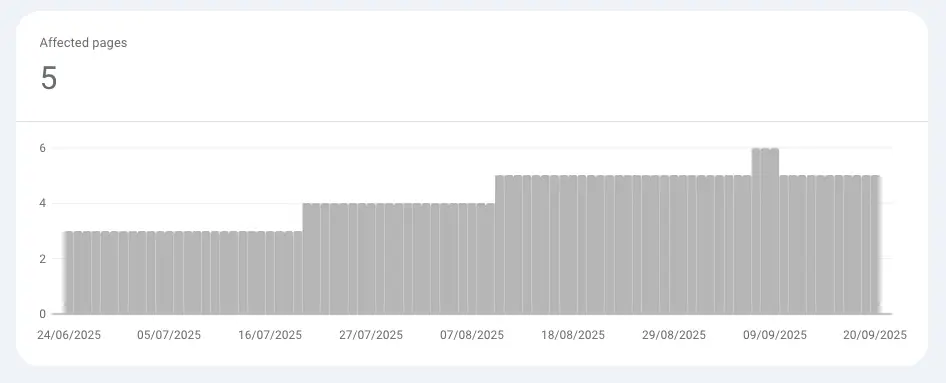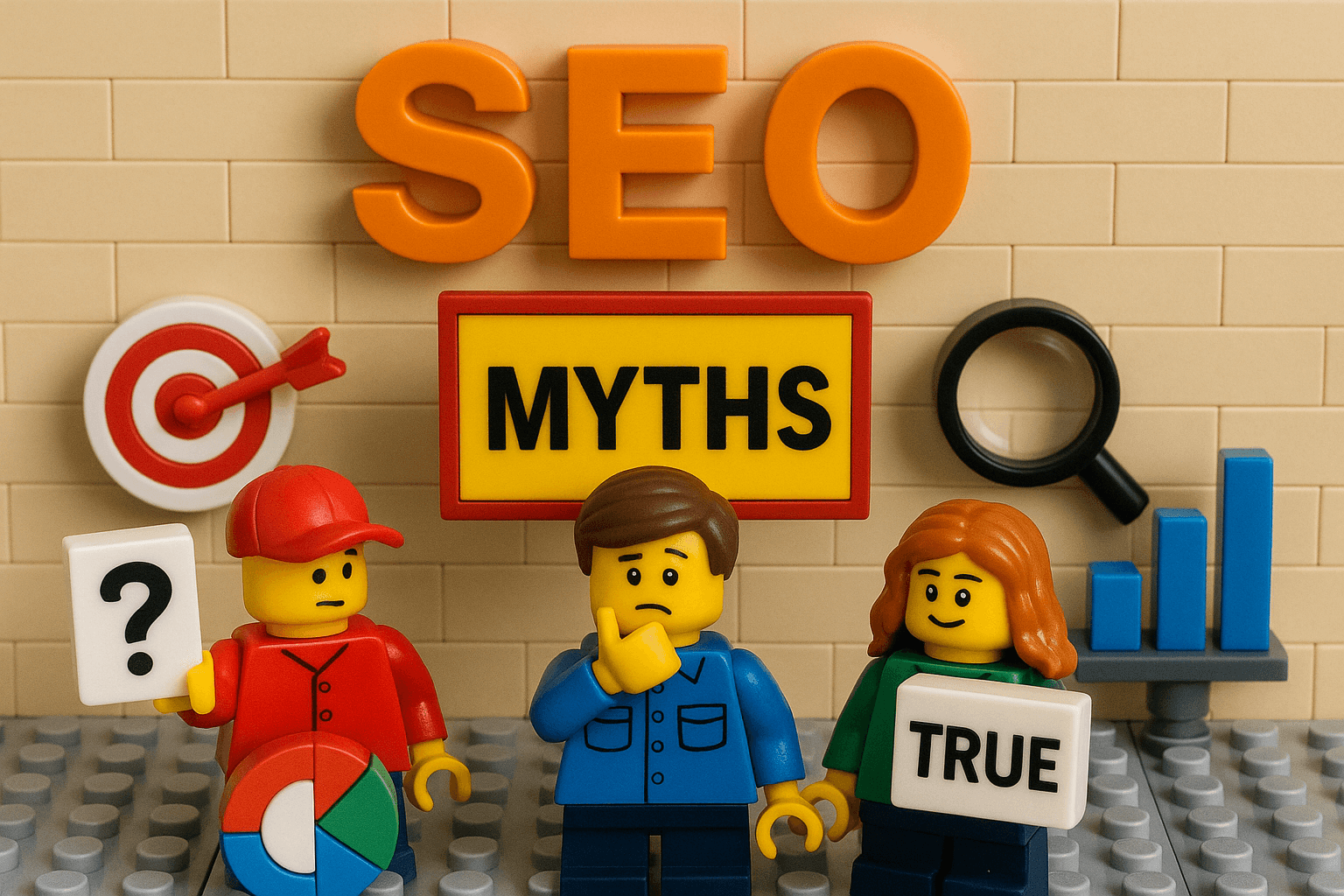If you’ve ever used Google Search Console and seen the “Alternate page with proper canonical tag” status message, you might have wondered what it means for your site.
In simple terms, this isn’t usually an error, but it does highlight how canonical tags and alternate pages work together to help search engines choose the preferred URL for indexing.
This guide explains what the message means, why it appears, and how to apply best practices to avoid duplicate content issues that could harm your website’s SEO.

What Is an Alternate Page?
An alternate page is simply a different version of a page that exists on your site. There are many different reasons why multiple versions of a webpage might exist, such as:
- HTTP vs. HTTPS pages
- www vs. non-www different URLs
- Duplicate pages caused by tracking parameters
- Similar pages with slightly similar content
- Alternate versions in different languages
When Google finds these alternative pages, it looks for the canonical version — the preferred version of the page — to show in search results.
Canonical Tags in Simple Terms
Canonical tags are an HTML element placed in the <head> of your page code. Using the link rel="canonical" attribute, you tell search engines which page is the primary version of the page.
This ensures the right page appears in results and prevents duplicate URLs from competing against each other. Adding the correct canonical tag to your web pages is one of the most important SEO strategies for sites with a vast number of pages, like an ecommerce site or blog.
Why Does Google Search Console Show “Alternate Page with Proper Canonical Tag”?
When Google marks a URL as an alternate page with proper canonical tag, it means:
- Google discovered different URLs with similar content.
- You already set a canonical tag pointing to the preferred page.
- Google agrees with your choice and has indexed the canonical page instead.
So in many such cases, it’s confirmation that your SEO efforts are working as intended.

Common Duplicate Content Issues
Some duplicate content issues are natural and unavoidable. For example:
- Duplicate pages on an ecommerce site (colour variations of a product).
- A main product page and a separate page with campaign parameters.
- Alternate versions in different languages.
Without the correct canonical URL, these can dilute ranking signals, waste crawl budget, and hurt website performance.
A proper canonical tag consolidates signals to the original page, making sure Google indexes the important pages with valuable content.
How to Identify Canonicalization Issues
Use the URL Inspection Tool in Google Search Console to check which canonical page Google has selected. Compare it to the preferred page you intended. If they match, your canonicalization issues are resolved.
If not, you may need to make necessary changes to your internal link structure, update your XML sitemap, or correct the canonical errors.
Best Practices for Canonical Tags
To avoid confusion and maintain SEO health, follow these best practices:
- Always set a canonical tag on each page pointing to the preferred version of the page.
- Use consistent internal links that point to the preferred URL.
- Update your XML sitemap to reflect only the correct pages.
- Avoid mixing noindex tags with canonical references.
- For WordPress dashboard users, use SEO plugins to set the correct canonical tag automatically.
These steps give search engines clear signals about your main page, prevent coverage issues, and support better user experience.
How Canonical Tags Impact SEO
Handled correctly, canonicalization:
- Boosts website’s SEO by consolidating authority.
- Prevents duplicate content issues.
- Guides search engine algorithms to the primary version of content.
- Improves website performance by avoiding wasted crawl budget.
- Ensures significant traffic flows to the right page.
Handled poorly, canonicalization issues can result in affected URLs being excluded from indexing, meaning valuable content won’t drive traffic.
Tools & Approaches for SEO Professionals
For SEO specialists and SEO professionals, managing canonicals is an ongoing process, especially on sites with a vast number of pages. Some essential tools include:
- Google Search Console (coverage report, URL inspection tool)
- SEO plugins within your content management system
- A full site audit to reveal affected pages or canonical errors
Taking a proactive approach ensures canonical tag steps are implemented correctly across your site, avoiding a daunting task later.
Alternate Pages and Internal Linking
Your internal linking and overall internal link structure play a big role in how Google understands the preferred page. Linking to alternative pages instead of the canonical version sends mixed signals.
By ensuring all internal links point to the preferred URL, you reinforce the canonical version as the authoritative source.
Wrapping Up
Seeing “Alternate page with proper canonical tag” in Google Search Console usually means your SEO efforts are working. It shows that search engines have identified alternate versions of content, but are indexing the preferred page with the correct canonical tag.
If you’re concerned about duplicate content issues, run a site audit, use the URL inspection tool, and review your internal link structure. By following best practices, you’ll maintain SEO health, improve website performance, and make sure your important pages continue to attract significant traffic.
Canonicalization may seem technical, but in the world of SEO, it’s one of the simplest ways to ensure long-term success.





